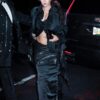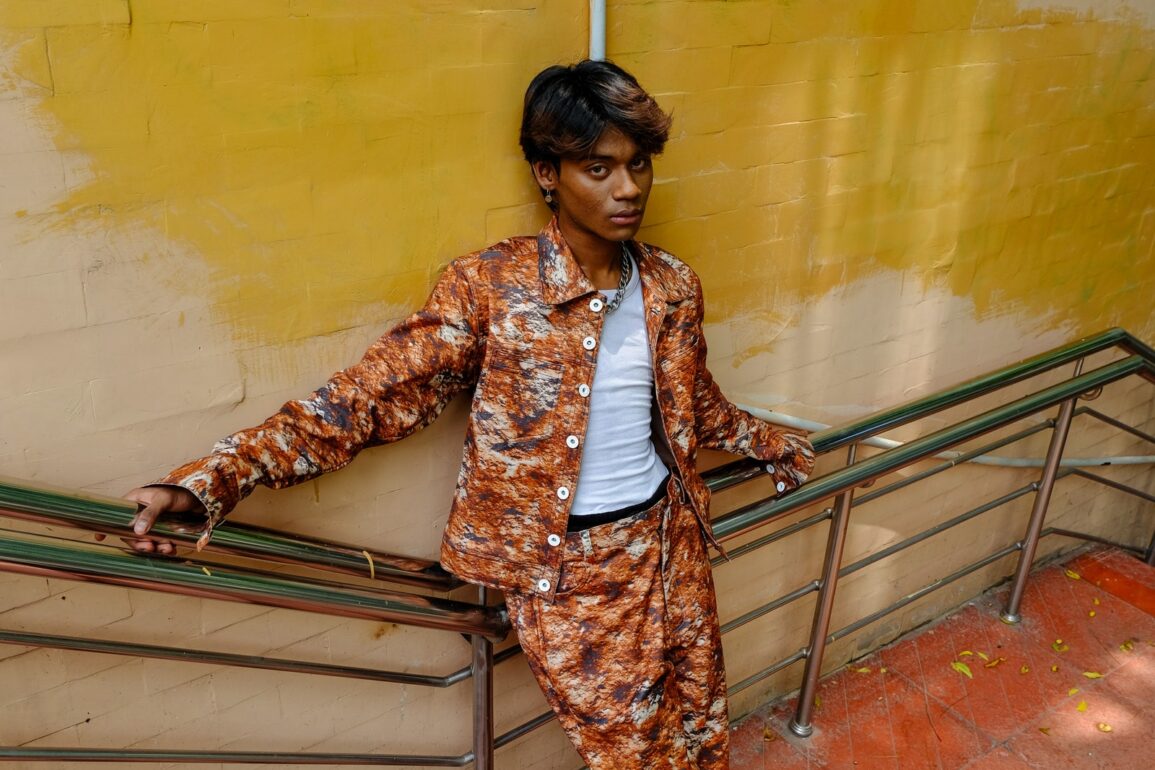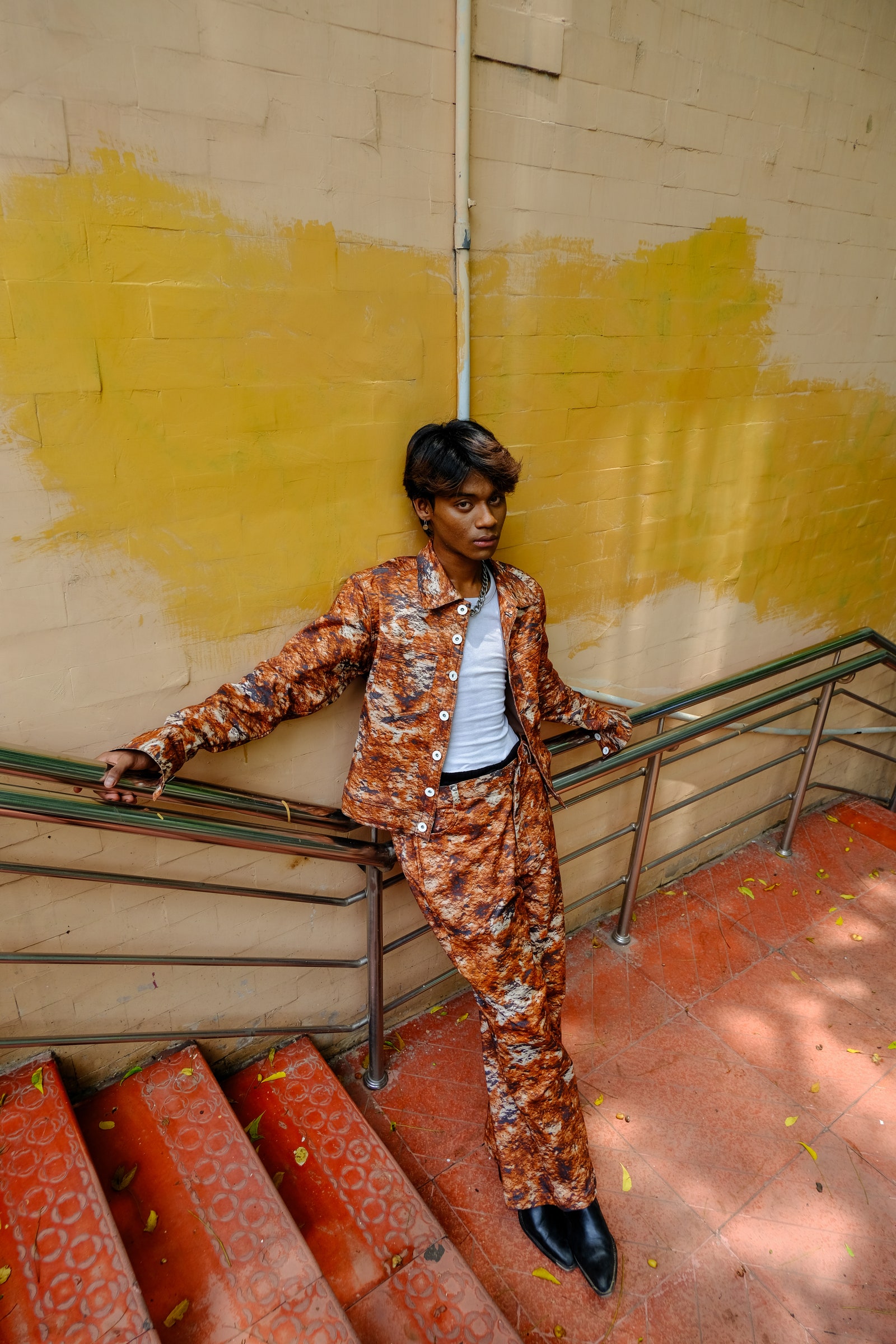Vulgar, Sharma tells me, caters to all types of men—straight boys, femme boys, party circuit boys, among others. “We are acutely aware of the inherent variations in body types, particularly the distinct differences between male and female physiques. We select specific fabrics, like double tape jersey and Lycra, which are known for their stretchability, and implement precise tailoring techniques to ensure that our garments seamlessly complement and enhance the unique features of every individual,” he says.
In dealing with a trickly male demographic in India, Sharma has had to market and sell his clothes strategically. “During my initial marketing research, I observed how brands that confined themselves solely to the LGBTQIA+ category struggled to thrive. It became evident that our narrative needed to transcend these boundaries. Rather than overtly proclaiming our acceptance, we sought to convey our message in a subtler, more inclusive manner,” he says. With a diverse consumer base where approximately 60% to 55% of Vulgar’s customers are women, while 45% are men, based on data from both this year and the previous year, Sharma says it’s been quite eye-opening to see men embrace his brand.
It’s noteworthy that Vulgar is entirely self-funded, with Sharma relying on his personal savings to keep the brand afloat. “The retail landscape predominantly adheres to binary categorisations, and it’s not uncommon to come across multi-designer stores that do not offer sections dedicated to gender-fluid fashion. In fact, most of these stores wouldn’t stock my clothes. And their audience is not my target buyers too,” he says, adding that while Vulgar is his passion, he is not opposed to making bridal wear to offset the fact that he hasn’t been making profits selling his clothes yet. “Selling lehengas could keep my brand afloat,” he quips.
Does passion meet sales?
This post was originally published on this site be sure to check out more of their content.










